They also invent fungi and sources for the world of incense
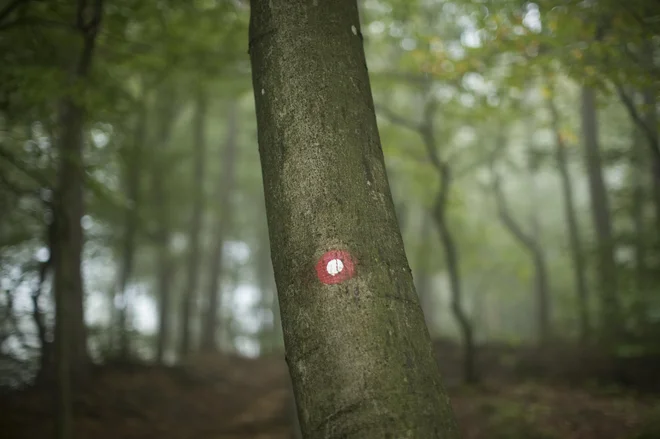
The number of types of fungi on Red List The endangered species, led by the International Federation for Nature Conservation (IUCN), exceeded a thousand. This is due to the shrinkage of forests, the spread of agricultural land and settlements. They are new to list It also included trees whose pitch is the basis for the so -called world of smoked. There are also some news good, projects of preservation of species, including lions, are successful.
The fungi that have made it possible to pass the plants from sea to land and, to a great extent, to greatly ensure that the plants get soil nutrients in a suitable form, others provide for decomposition of dead parts, and third can be our food, 1300 on the red list, of which at least 411 species threaten extinction. The IUCN Red List now includes 169,420 species of animals, plants and fungi, of which 47,187 species threaten extinction.
Slovenia is one of the few countries that does not allow the bare. Photo: Jure Eržen/Work
« The fungi are non -leaning heroics, forming the foundations of healthy habitats, but are often overlooked, » says Dr. Grethel AguilarDirector General of IUCN. They have examined 155,000 known types of fungi, whose interconnected underground network maintains the nature and life we know. Fungi belong to their own kingdom, separately from plants and animals. There are estimates 2.5 million types of fungi on Earth. Many are edible, we use them for food and also to ferment the drinks, they are the basis for many medicines and provide the basis for the natural restoration of contaminated areas.
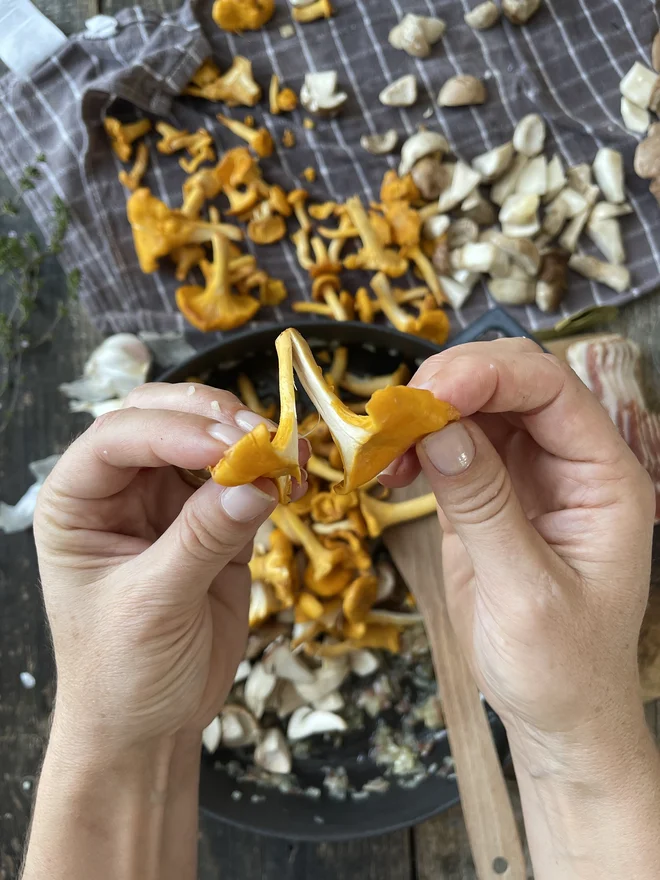
Fungi are also food in various forms, and fungal infections are some of the most stubborn, which can hit a person. Photo: Urška Fartelj
Most threatens them quickly spreading agricultural and urbanized areasthis threatens 279 species. Easids of nitrogen and ammonia from fertilizers and emissions of fossil fuels threaten an additional 91 species. At least 198 types of fungi are at risk of cutting forests, including illegal, and shrinking forests for agricultural use. The naked forests are particularly devastating, as fungi cannot be restored in the beam series and the re -planting of trees.
Thirty percent of coniferous forests have been cut down in Finland, Sweden and Russia since 1975, which has pushed some types of fungi to the brink of survival. Climate change is another threat. More than 50 types of fungi are at risk of changes in the US fires, which have also drastically changed forests.
“While the fungi are mostly hidden underground or in wood, their disappearance affects life over them. Losing fungi, deploying ecosystem services, resistance of crops and trees from drought and pathogens, as well as carbon storage in the soil, « he says Anders Dahlberg from iucn. He added that it is very important to preserve old forests. Forestry practices should take into account fungi.
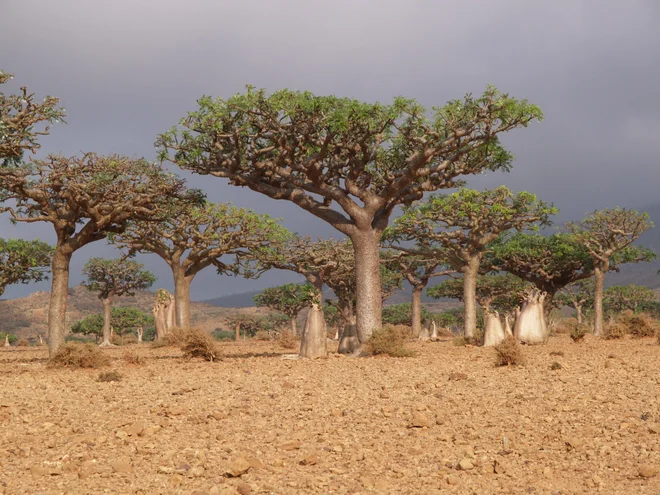
Boswellia, whose fragrant pitch is mentioned in the Bible. Photo: Petr Madera/IUCN
The sacred of the incense are at risk
Five species of Bosvelia – a genus trees from order Sapindales (Javorovci), known for their fragrant pitch – on the island of Sokotra in Yemen, they moved from the list of vulnerable to the list of threats, one in the list of critically endangered, and three new species were evaluated for the first time and placed in the list of critically endangered. These are trees that give a biblical incense of frankincense (holy incense).
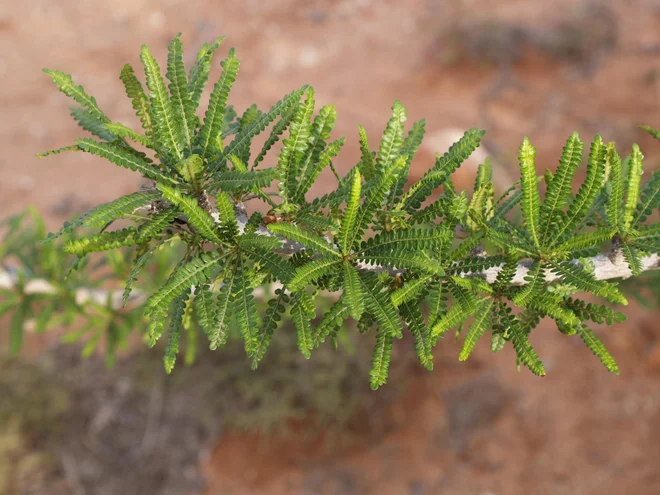
Boswelia belongs to the order of maple, and it grows in rather dry and hot areas of the Middle East and Africa. Photo: Petr Madera/IUCN
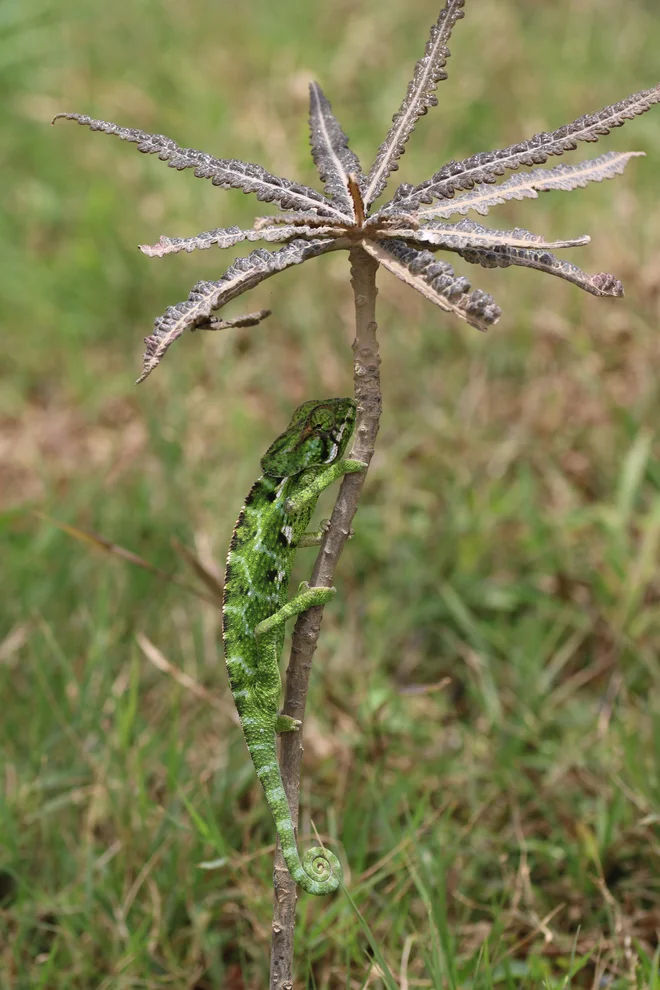
Mladika Bosvelia with Chameleon Photo: Kay van Damme/IUCN
The problem is that the puppies eat the goats, but on the other hand, they can hardly survive in prolonged dries. Kozjerea has been traditional in these places for thousands of years, but the goat has abandoned the migrations of herds and have increased in the last century. Cyclones, strong floods and muddy avalanches also contribute their own, such as in 2015 and 2018, which damaged and eradicated many trees.
In the foolish, trees with fragrant resin are very important, the area is also the richest with different species per square kilometer in the world. This is also why fences were erected around the puppies so that the goats did not reach them. People are also crucial for flood restoration and avalanches. Last but not least, it is also important that resins and bark of trees do not use excessively.
Lions still need protection
The first lion’s listing on the green list shows that their position is still very complicated. The assessment shows that man’s influences still prevent the full ecological functional life of lions, as the number of members of the species decreases in several areas, but are no longer in North Africa and Southwest Asia.
The assessment also shows that security programs have prevented the extinction of species in West and South Africa and India. Human settlements are still growing, so there will be a lot of effort to preserve the species.







